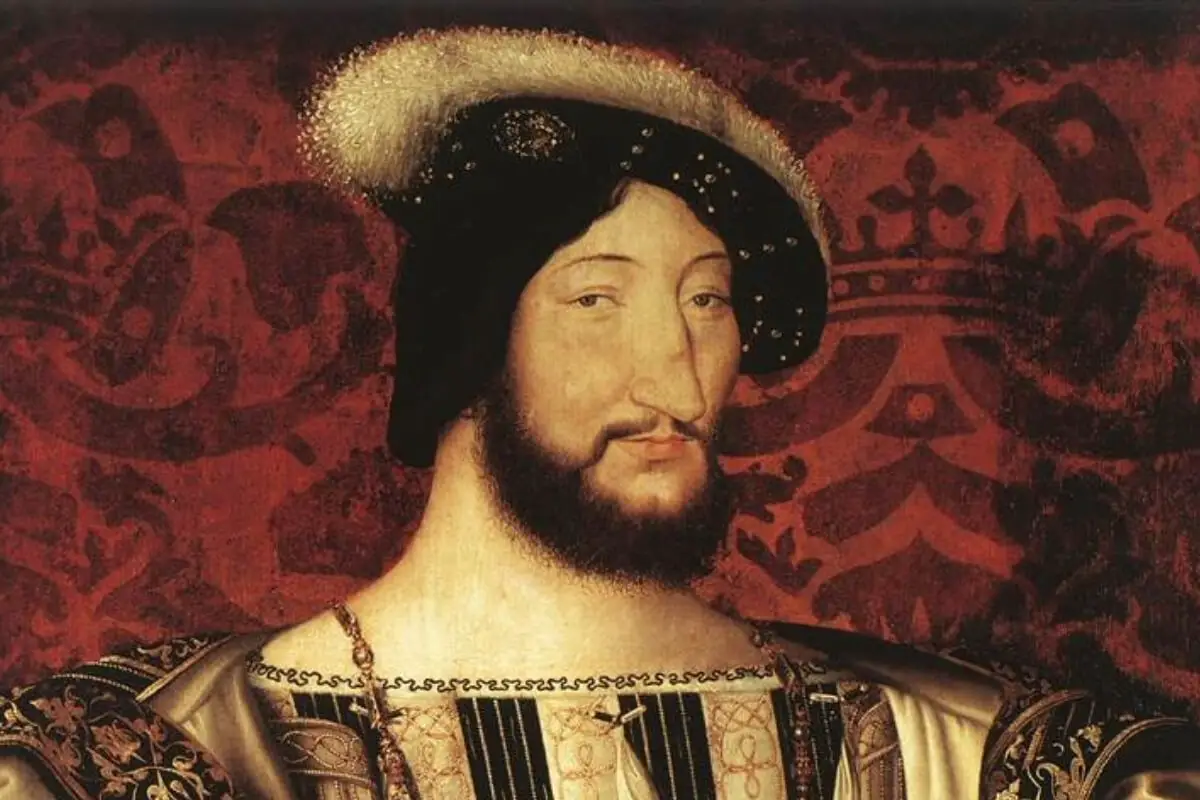With its rich history, France has been prominent in fostering numerous influential artists who have walked its lands. Spanning the Medieval times to the modern age, French artists have left an indelibly distinctive mark on the canvas of global art.
This account embraces an explorative journey, starting from the momentous era of the French Renaissance, bringing forth artists like Jean Fouquet and Francois Clouet, who ingeniously blended International Gothic and Italian Renaissance styles.
Table of Contents
French Renaissance Artists
In the realm of the countless epochs of art history, the French Renaissance is an age of enlightenment. It is an exceptional period marked by profound intellectual and cultural growth and epitomized by the flourishing creativity of its masterful artists.
This article aims to introduce the seminal figures of this era and shed light on how their extraordinary works have undeniably influenced the transformation of French art.
The French Renaissance emerges as an art-loving time traveler’s paradise, featuring legendary artists who have birthed treasured masterpieces. Undeniably, among these great artists, the name of Jean Clouet takes precedence.
Known for his meticulous attention to detail, Clouet’s portraits merge an enigmatic fusion of subtlety and majesty.

His compelling pieces, including the grand-scale portrait of the French monarch ‘Francis I,’ are a testament to his sublime artistic abilities and influence on creating a distinctive artistic style grounded in realism.
The name François Clouet is worth mentioning alongside his father’s, as he continued and honed the refined portraiture style of the Clouet masterclass.
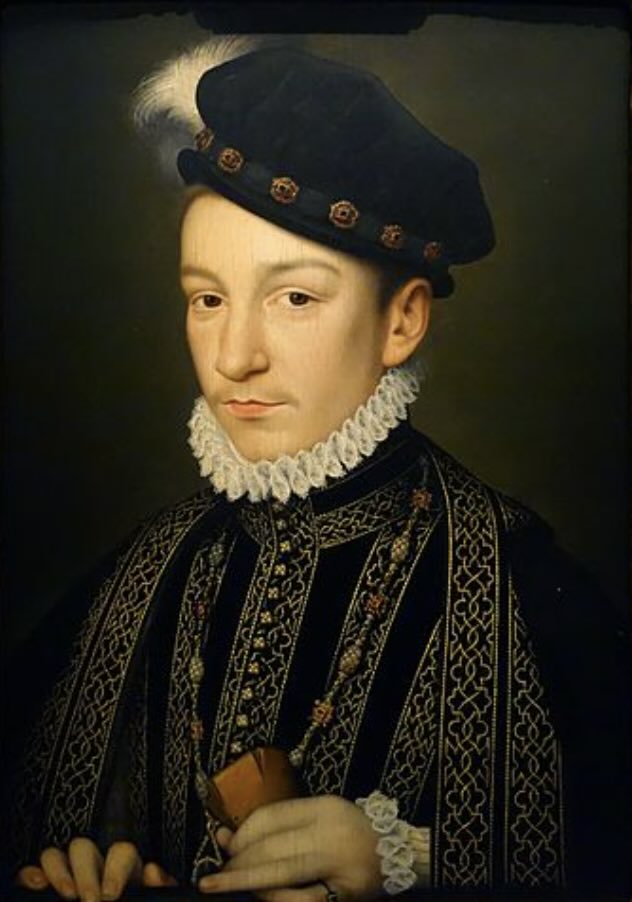
His exceptional technical skills and intuitive grasp of the human psyche reflected in artworks such as the ‘Portrait of Charles IX,’ have significantly contributed to bridging the gap between the Renaissance and the forthcoming Baroque period.
The French Renaissance was not only immersed in portraits. The audacious and innovative clockmaker turned artist Jean Goujon was a significant sculpting force and is often regarded as the ‘French Michelangelo.’
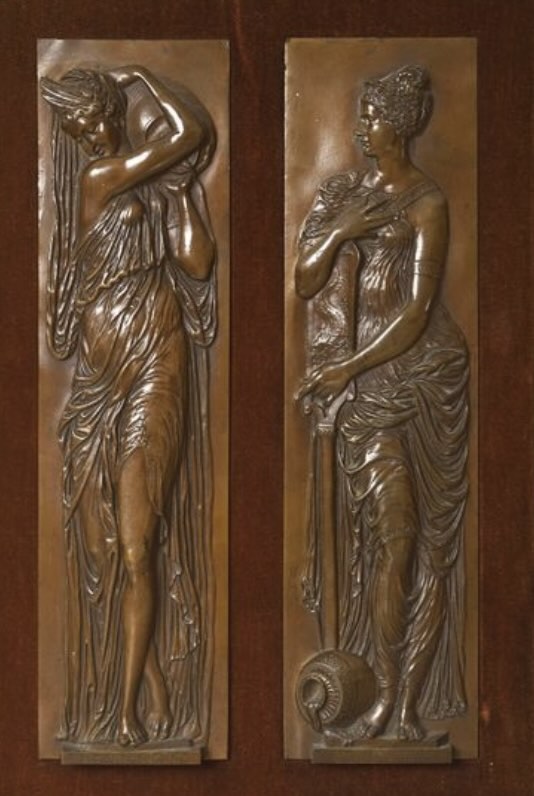
His nymph reliefs for ‘The Fountain of the Innocents’ exhibit an unusual combination of classical ideals with a gentle, flowing movement, injecting novel vigor into French sculpture and making it a source of inspiration for future generations.
One cannot delve into the phenomenon of the French Renaissance without acknowledging the genius of Rosso Fiorentino. Having migrated from Italy, Fiorentino brought a unique, daring style that infused Florentine mannerism into French art.
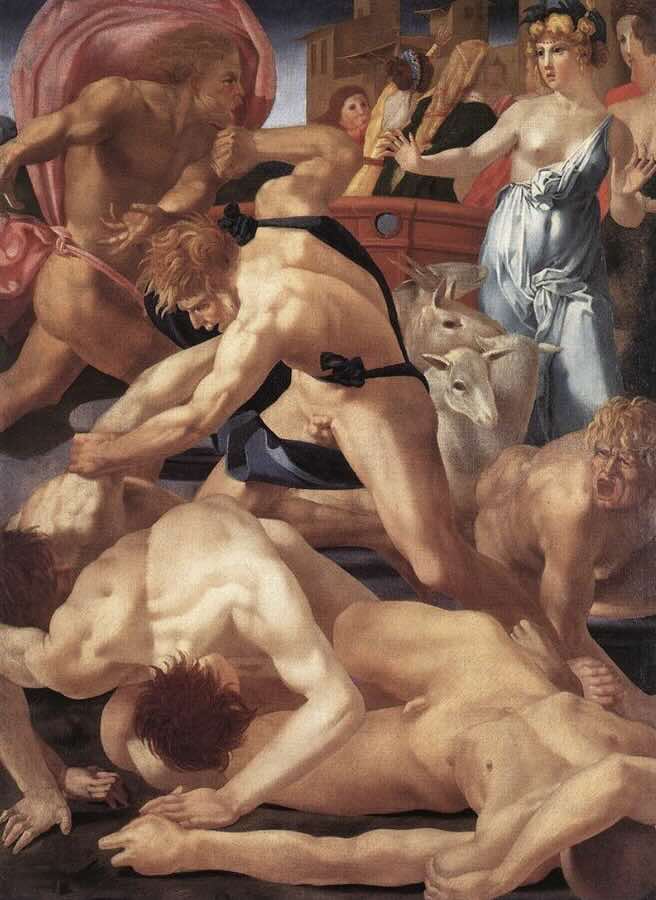
His striking, almost controversial works, like ‘Moses Defending the Daughters of Jethro,’ reflect a turbulent intensity bursting with electric colors and unconventionally accentuated figures that undeniably triggered a new direction for Renaissance painting.
Slide into the innovative world of print, and you will find the triumphant artistry of Jean Duvet. Often dubbed as ‘the French Master Engraver,’ Duvet’s inventive mezzotint and engravings stand as authentic embodiments of technical brilliance.
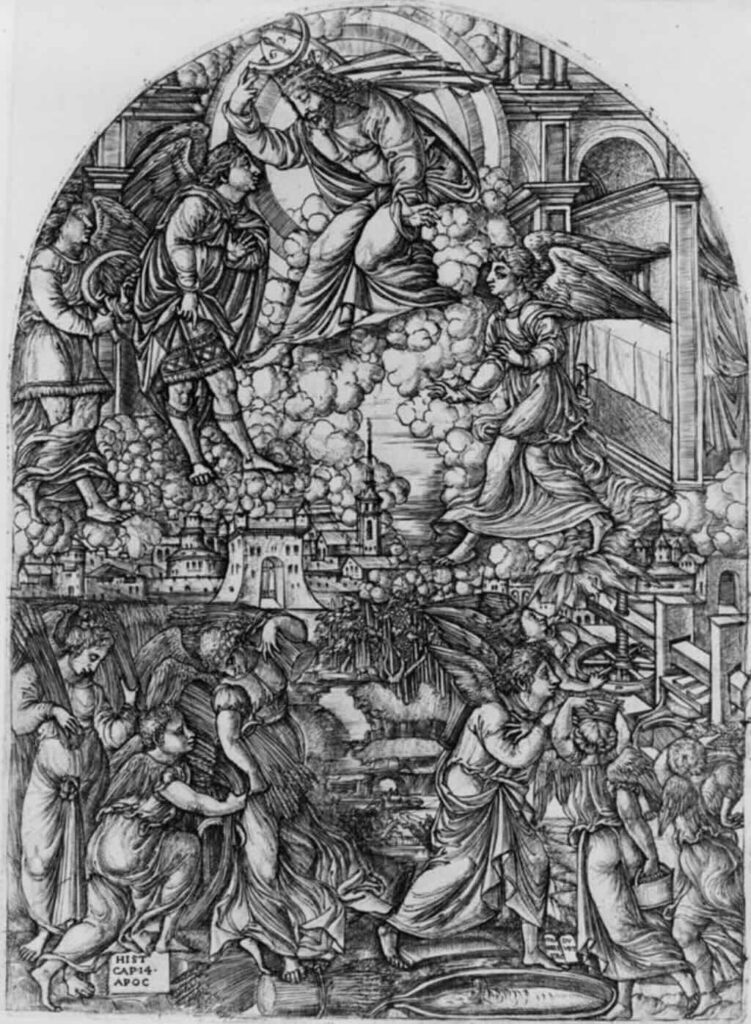
His famed series, ‘The Apocalypse,’ is replete with mystical, almost surreal imagery that was a marked step away from the religion-focused art of the era and paved the way towards more secular themes.
The French Renaissance was a fertile ground that germinated the seeds of expressive liberty, innovative techniques, and diversified themes, all of which have deeply embedded themselves into the fabric of the evolution of French art.
The indelible legacy left by these seminal artists continues to be an enduring source of inspiration, underscoring the brilliant connection between the past and the present on the canvas of French art history.
The Revolution of Impressionism
Emerging in the 19th century, Impressionism was more than an artistic style—it was a revolutionary movement that transformed the French art scene and influenced the entire art world.
Originating as a rebellion against the classical subject matter and the detailed, carefully blended brushstrokes that defined art at the time, the Impressionists sought to capture their instantaneous impressions of the changing world around them.
The Impressionist movement marked a pivotal departure from traditional academic art. While before, art was primarily focused on historical themes and classicism, Impressionism decided to bring day-to-day life into the canvas.
The artwork reflected vivid scenes of the French countryside, bustling cityscapes, or intimate domestic life, painted with quick, loose strokes that conveyed the fleeting quality of light and color. Famous artists such as Monet, Manet, Renoir, and Degas were the forerunners of this movement, and their work has left a lasting impression on the art world.
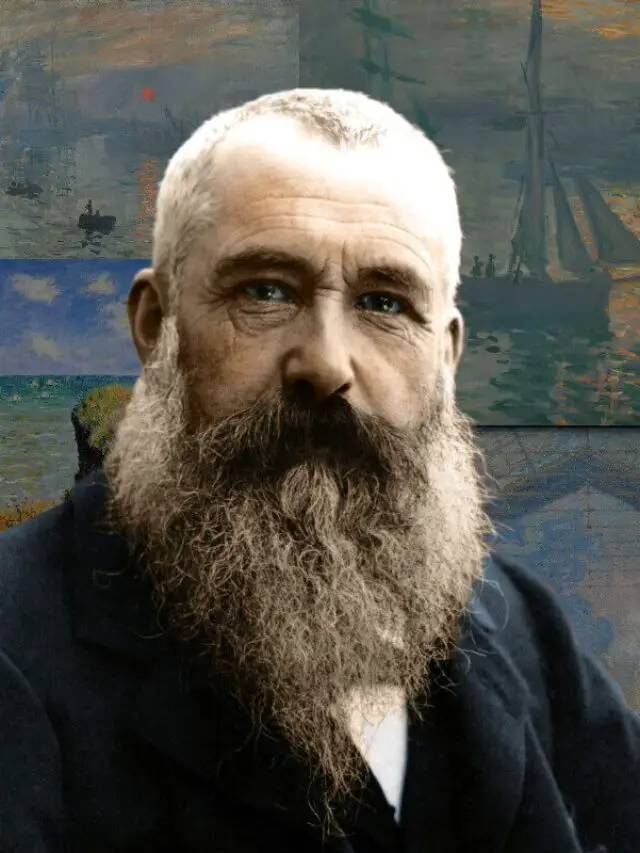
Within the realm of these fantastic visionaries, Claude Monet’s enchanting landscapes can be viewed as capturing the essence of the impressionist movement. Monet didn’t aim to imitate nature as closely as possible but rather to catch the feeling and sensory impression of a specific moment.

His work “Impression, Sunrise” even served as the namesake for the movement, as critic Louis Leroy coined the term “impressionism” after a sarcastic review of the painting.

Similarly, Édouard Manet was the rebellious’ father of modern art’. His innovative approach brought contemporary social scenes into the spotlight of serious art, breaking down the hierarchies of traditional themes.
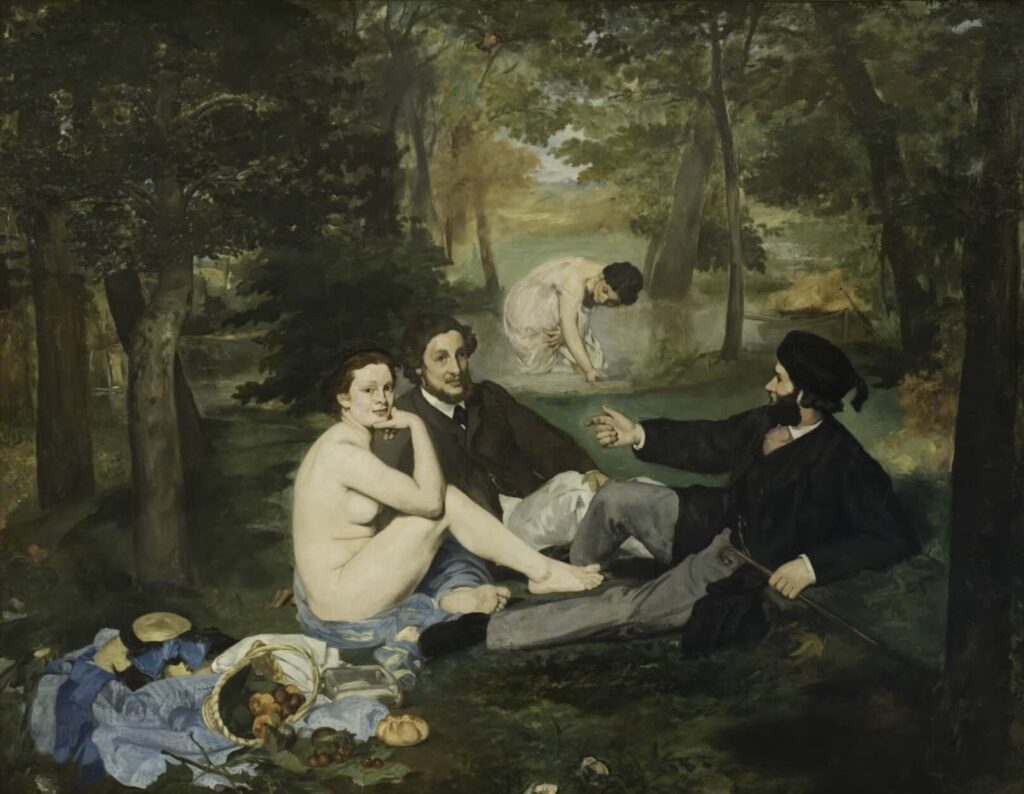
Manet’s works like “The Luncheon on the Grass” and “Olympia” stirred numerous controversies for his audacious use of nudity, adding to Impressionism’s challenges in its early years.

As Impressionism gained traction, Pierre-Auguste Renoir joined the movement, bringing a vibrant, sensual style revitalizing color and brushwork.
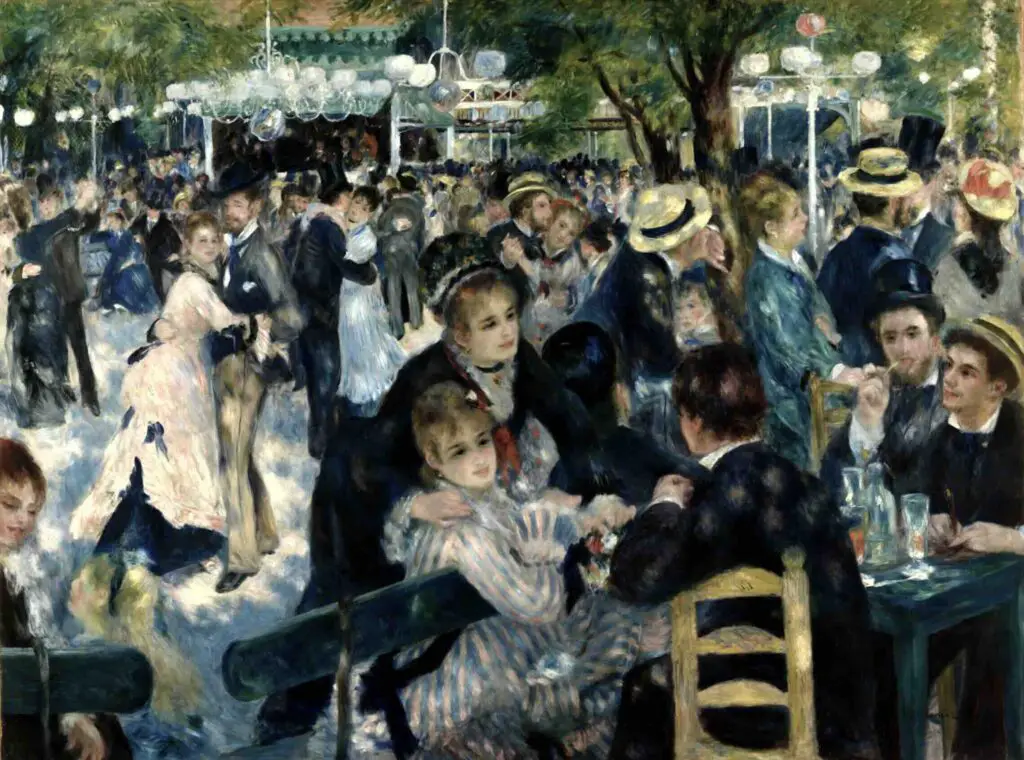
Renoir’s works, like “Dance at Le Moulin de la Galette,” showcased his keen eye for capturing the vivacity and energy of social scenes, focusing on the beauty of the human form.
Lastly, no discussion of Impressionism can be complete without acknowledging Edgar Degas. Although he rejected the label of being an ‘impressionist,’ his distinctive style contributed immensely to the movement. Degas’s ballet dancers and horse-race scenes distinguished him as an observer of life, with the ability to combine the influences of classical art and photographic composition.
The Impressionist rebellion left an indelible mark on the palette of the art world, questioning traditional norms and ushering in a fresh perspective of experiencing the world. The movement shifted the focus from the static formalism of the studio to the world outside.
The influence of these revolutionary artists extended beyond the boundaries of France and brought the charm of everyday life to canvases worldwide. Impressionism, thus, is rightly considered one of the most influential art movements globally, with its influence echoing throughout modern and contemporary art.
Anita Louise Art is dedicated to art education, great artists, and inspiring others to find and create their art. We love art that uplifts and inspires. #ArtToMakeYouSmile! #ArtToMakeYouHappy!
If you want to see any of my art, you can find out more by clicking here. If you are interested in what inspires me and my paintings, you can discover more by clicking here.
We have a free newsletter and would love you to be part of our community; you can subscribe to the newsletter by clicking here. If you have any questions, I would be happy to talk to you anytime. You can reach me, Anita, by clicking here.
Subscribe to our Anita Louise Art YouTube Channel with great videos and information by clicking here.
Join us for our podcast “5 Minutes With Art.” just 5 minutes a week with us to discover and learn about great art and artists. You can find out more about our podcast by clicking here.
Related Content
What Was The Focus Of Renaissance Art?
Renaissance art focused on the classics of Greece and Rome, humanist philosophy, and the study of the human figure. Realism was also an essential part of Renaissance art. The great artists of the Renaissance also became great anatomists and studied human beings.
By clicking here, you can learn more by reading What Was The Focus Of Renaissance Art?
What Is The Importance Of Art From The Renaissance Period?
Renaissance art is essential as it was a time of rebirth and discovery. Artists like Leonardo da Vinci, Michelangelo, and Raphael were at the forefront of that change, creation, and discovery. Renaissance art has influenced art and artists for many centuries and continues to influence artists today.
By clicking here, you can learn more by reading What Is The Importance Of Art From The Renaissance Period?
Early Renaissance Vs. High Renaissance Art Explained
Early Renaissance and High Renaissance are both periods of the art of the Renaissance era. The entire Renaissance era shared a lot of the same characteristics. The High Renaissance was dominated by three major artists: Leonardo da Vinci, Michelangelo, and Raphael.
By clicking here, you can learn more by reading Early Renaissance Vs. High Renaissance Art Explained.

